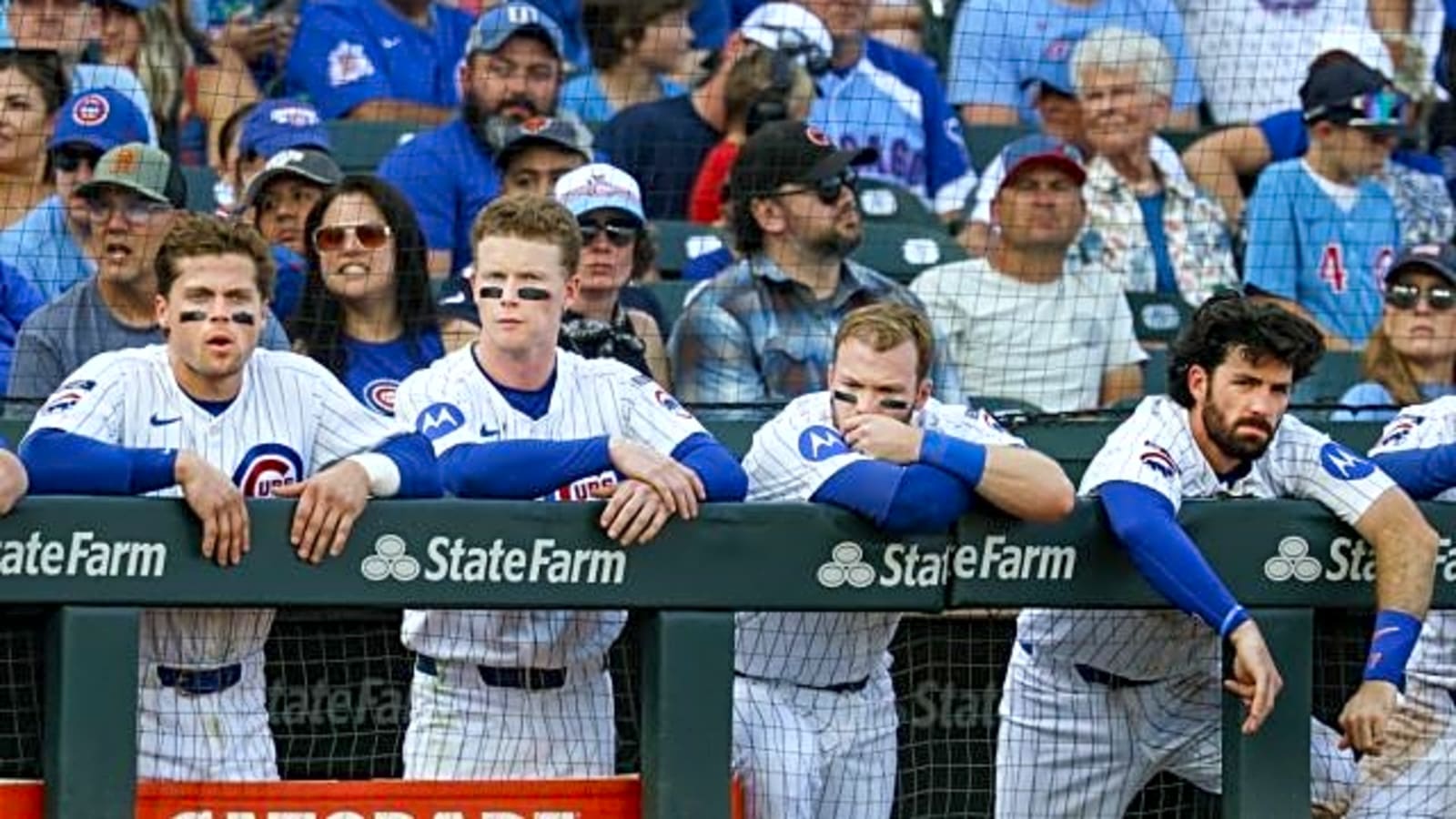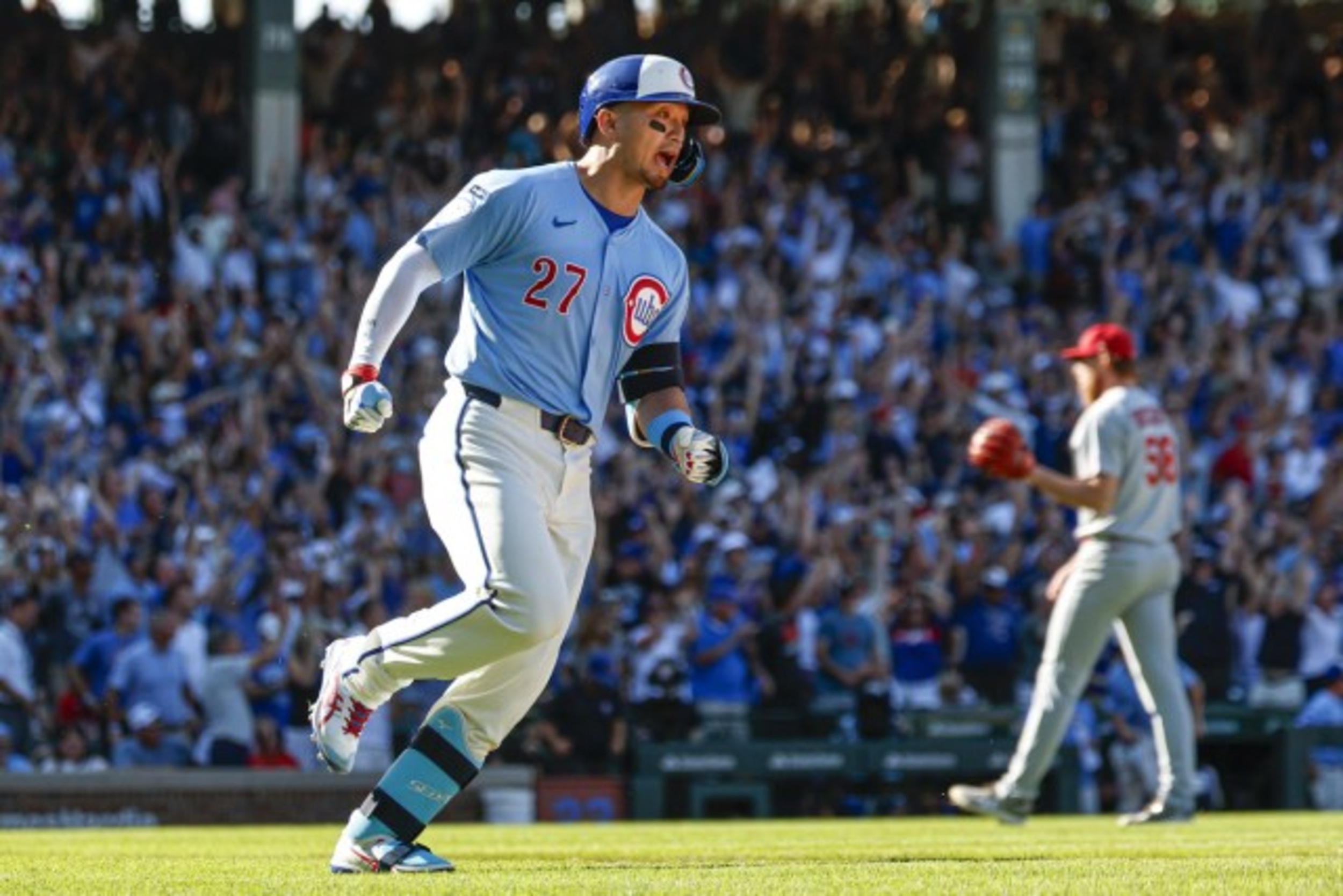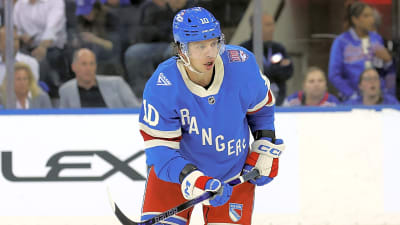
The Chicago Cubs’ 2025 postseason came to a disappointing close with a Game Five loss to the dreaded Milwaukee Brewers in the NLDS. What began as a promising postseason run quickly unraveled due to starting-pitching injuries and inconsistent hitting from their key contributors.
Lineup Decisions Under Scrutiny
One of the biggest question marks from the postseason was the absence of Moises Ballesteros, who provided a spark late in the regular season but only saw three at-bats in the postseason. The same could be said for late-season veteran acquisitions Willi Castro and Carlos Santana, who saw limited action despite their postseason experience.
It looked as if manager Craig Counsell never really considered using veteran players like Justin Turner, Castro, and Santana. The team, therefore, might have been better off promoting young sluggers Kevin Alcántara or Owen Caissie to gain playoff experience. Development opportunities like that can pay off big in future postseason runs, and the Cubs missed the boat.
Offensive Woes Cost The Cubs
These numbers do not lie. The trio of Crow-Armstrong, Dansby Swanson, and Ian Happ combined to go 12-for-79 with only four extra-base hits and a frustrating 38 strikeouts throughout the playoffs. That type of production will not get it done against elite postseason pitching.
If the Cubs expect to contend again in 2026, they will need their core hitters to deliver in the clutch. This was something sorely missed during the postseason.
Kyle Tucker’s Future Is In Limbo
If Kyle Tucker’s price tag climbs too high this offseason, Chicago should walk away. The young outfielder often looked “checked out” after suffering a hand injury in the second half, and his post-series comments following the Game Five loss hinted at a potential split. If that happens, Caissie should be ready to take over right field full-time next season.
Meanwhile, the Cubs will need more from Crow-Armstrong, whose free-swinging approach was on full display during the postseason. His Javy Baez-like tendencies at the plate hurt the team in key moments. A winter focused on plate discipline and pitch recognition should be at the top of his to-do list.
Starting Rotation Needs Reinforcements
Losing both Justin Steele early in the season and Cade Horton before the postseason was a major blow. It forced Shōta Imanaga and Matthew Boyd into pressure-filled starts against Milwaukee, and those results showed.
A healthy rotation of Steele, Horton, Imanaga, Boyd, and Jameson Taillon could be one of baseball’s best in 2026, but Jed Hoyer may still look to upgrade. Colin Rea is deserving of a new deal after displaying his versatility in both the starting and relief roles.
Do not be surprised if Jed Hoyer revisits the trade market during the offseason. Potential targets might include the San Diego Padres’ Dylan Cease, the Philadelphia Phillies’ Ranger Suárez, and the Miami Marlins’ trio of hurlers in Sandy Alcántara, Edward Cabrera, or Eury Pérez. Another talented starter the Cubs might revisit trying to acquire is the Minnesota Twins’ Joe Ryan. With the recent shake-up in the Twins’ front office, team brass might consider moving Ryan while his value is as high as ever.
Building A Bullpen Built To Close
Throughout the majority of the season, the Chicago bullpen was solid but lacked a true ninth-inning weapon. With Daniel Palencia seeming more serviceable as a setup man during the playoffs, the Cubs lacked a true lights-out closer. The kind the team has not had since Aroldis Chapman in 2016.
Re-signing Brad Keller, Caleb Thielbar, and Andrew Kittredge should be a priority, but the team should explore external options as well. Free agents Devin Williams, Raisel Iglesias, and Edwin Díaz, if he declines his option, could stabilize the bullpen and give Counsell the true closer he lacked throughout the year.

The Cubs Put Together A Solid 2025 Campaign
While Chicago fans are both disappointed and frustrated, the team showed significant improvement.
Pete Crow-Armstrong took a major step forward in his development, posting a 30/30/30 season at just 23 years old. A rare blend of power, speed, and consistency that cements him as a franchise cornerstone. Michael Busch and Seiya Suzuki each provided thump in the middle of the lineup, surpassing 30 home runs and 90 RBI, proving they can anchor the offense for years to come.
Nico Hoerner once again flashed Gold Glove-caliber defense at second base while continuing to spray line drives across the field with machine-like precision. Meanwhile, Matt Shaw showed impressive growth throughout the year, developing into a reliable bat with improved discipline. Cade Horton, still just 24, emerged as a legitimate front-of-the-rotation arm, winning 11 games in his first 22 starts.
As a whole, these young Cubs provide the team with a strong and talented core. One built not just to compete, but to contend deep into October for years to come.
A Bright Future On The North Side
While the 2025 season ended earlier than both the players and fans had hoped, the pieces are in place for a postseason push in 2026 and beyond. The front office has built a roster balanced between proven veterans and a youthful core that’s only beginning to realize its potential.
A healthy rotation led by Justin Steele, Cade Horton, and Shōta Imanaga, along with continued strides from Crow-Armstrong, Suzuki, and Busch, could propel the Cubs back into championship form. What matters most now is execution. Making the right offseason moves, finding that missing ninth-inning stopper, and trusting the culture Craig Counsell is quietly cultivating inside the clubhouse.
End Of My Chicago Cubs Rant
The heartbreak of this October might just become the spark that fuels the next great Cubs era. With the right adjustments and a renewed hunger, Chicago will not only aim to reach the postseason in 2026. It will also be chasing the Commissioner’s Trophy with the swagger of a team that believes its time is coming once again.
More must-reads:
- Former MLB player Jesus Montero passes away
- MLB playoff takeaways: Blue Jays push ALCS to Game 7
- The 'College basketball AP preseason No. 1 teams' quiz
Breaking News
Trending News
Customize Your Newsletter
 +
+
Get the latest news and rumors, customized to your favorite sports and teams. Emailed daily. Always free!








